The original set of emojis, containing 176 universally recognized pictograms
The first emoji was created in 1998 or 1999 by Japanese designer Shigetaka Kurita, who was at the time working on a mobile internet platform, called i-mode, at Japanese carrier NTT. Kurita was inspired by the way weather forecasts and street signs used simple, but universally recognizable, symbols to convey meaning, and decided to adopt this approach for his project. The first set of emoji was comprised of just 176 pictograms, each with resolution of 12 x 12 pixels, and was aimed to differentiate i-mode's messaging features from other such services. Eleven years later, in 2010, emojis were translated into Unicode, which made them widely available worldwide, and by then their number had grown substantially – to 722.
Now, 17 years since the little pictograms were created for the then-infant Japanese mobile market, the Museum of Modern Art (MoMA) in New York has acquired the first emoji, which will be displayed in the museum's lobby until the end of the year.
To put all of this into perspective, the Unicode Consortium currently recognizes some 1,800 emoji, including pictograms for pretty much anything you can think of, such as the now-ubiquitous, almighty smiling pile of poo.
“Emojis as a concept go back in the centuries to ideograms, hieroglyphics, and other graphic characters, enabling us to draw this beautiful arch that covers all of human history. There is nothing more modern than timeless concepts such as these,” said Paola Antonelli, senior curator MoMA's department of architecture and design.
The characters will be displayed in the New York museum until the end of 2016, and will take part in an art installation, which will have the tiny characters connected to the next generations of emoji via informative animations and graphics.
via
The Guardian
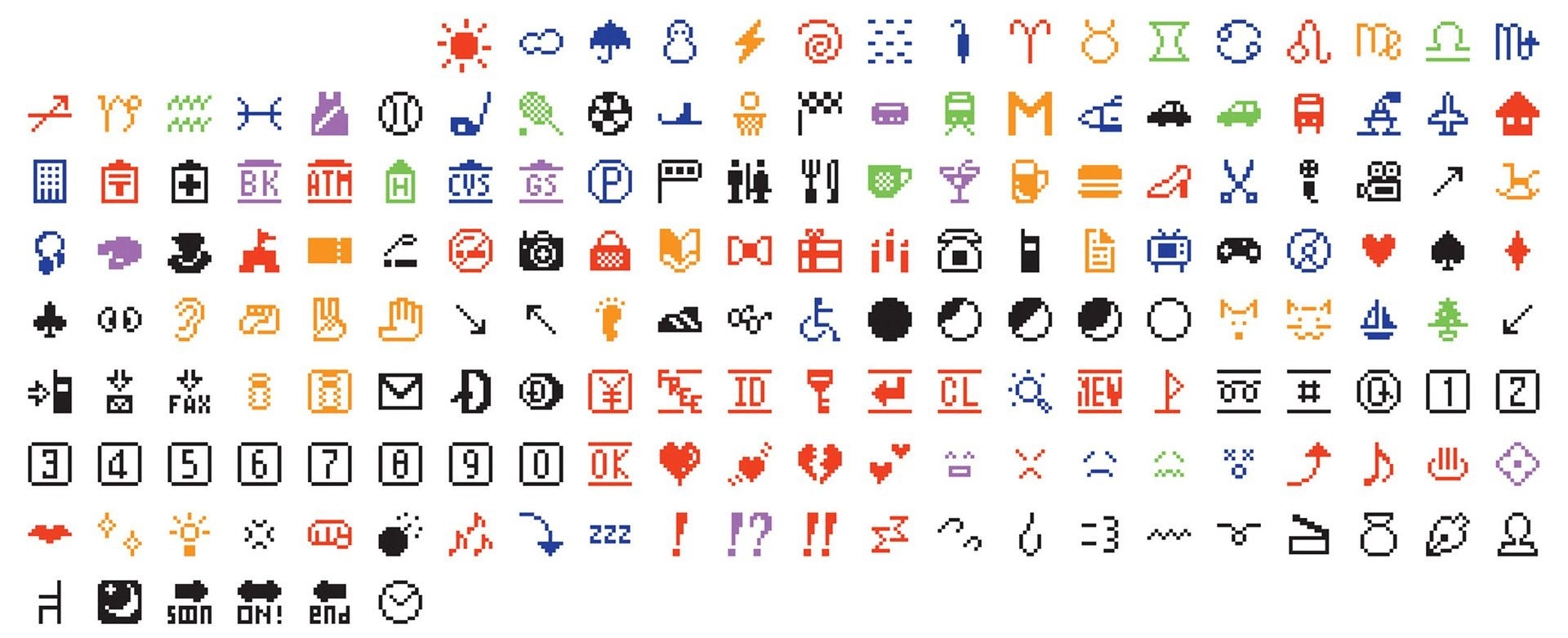

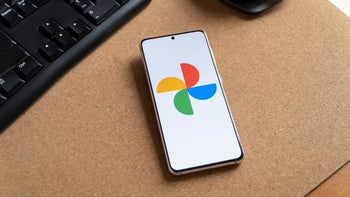
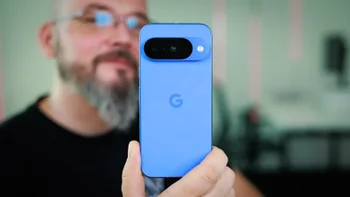
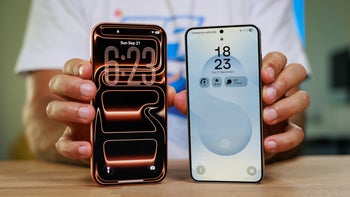
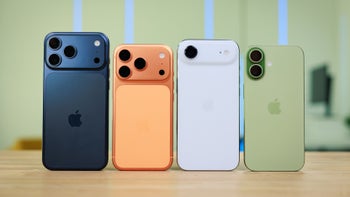
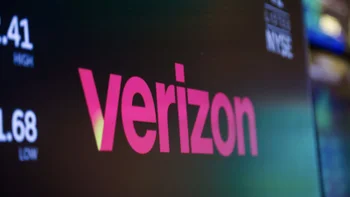
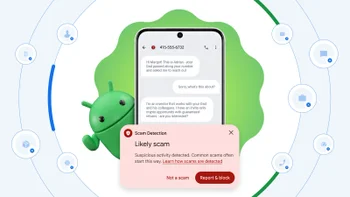
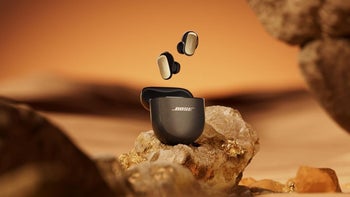
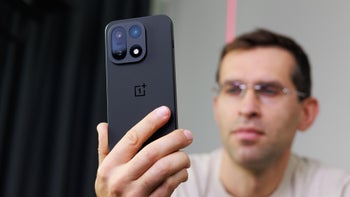

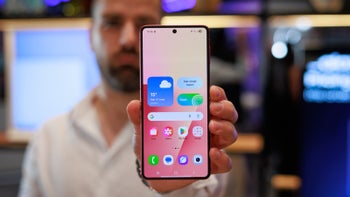

Things that are NOT allowed:
To help keep our community safe and free from spam, we apply temporary limits to newly created accounts: